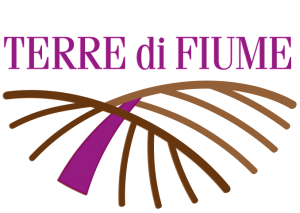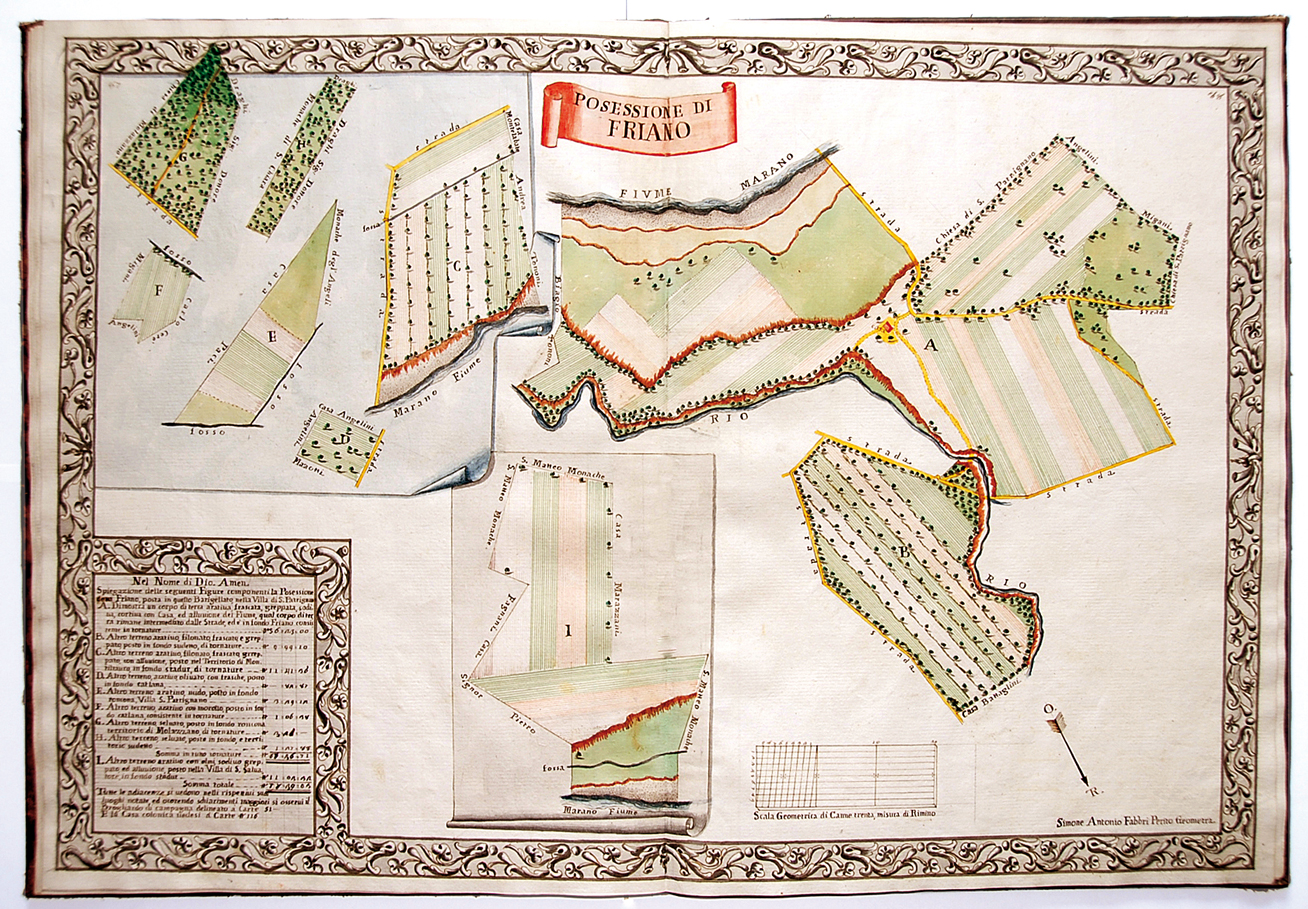The Romans began their occupation of the Po Valley with the founding of Rimini in 268 B.C. Intensive farming of the neighbouring lands commenced immediately, with vineyards a priority. Grapes were grown according to techniques that had already been used by the Etruscans and the Gauls. The rolling hills located to the south of the city, characterized by a marked wine-growing activity, ensued the high-quality, abundant wine production much extolled by the great Latin historians from Cato to Varro, from Strabo to Pliny and Columella.
From these lands, Friano – the Ferianus of antiquity– stands out with its sun-drenched slopes facing the river Marano: the place thus conjures up the idea of ferias that makes up the first half of its name and which means ‘holidays’ in Italian, or traditionally the festival and holiday period.
Thanks to the efficiency of the town harbor, wines from the areas near Rimini were exported in large quantities, especially to Rome, as the mosaics of Ostia, commissioned by the ship owners, still testify today. And documents exist to prove that this trade continued up until the centuries of the late Roman Empire. This long-established tradition did not even stop during periods of crisis: in fact, local winemaking is documented as being widespread since the early Middle Ages, gradually developing and becoming more refined, and somehow surviving even the most difficult periods.
A tradition that lives on today in the magnificent rows of Friano vines, where the merits of the vine-stock and the sensible techniques used combine with the richness of the soil and the beauty of the landscape.





